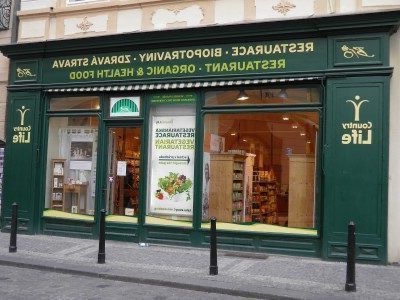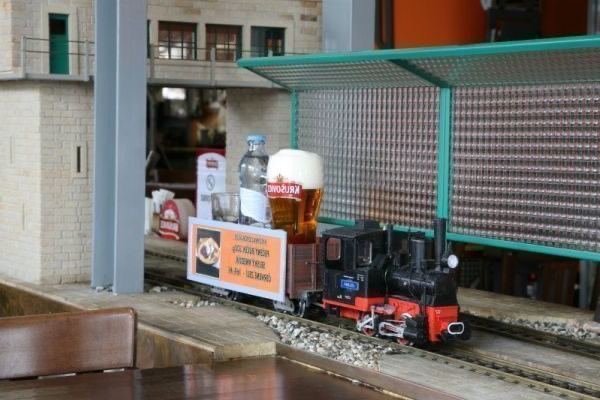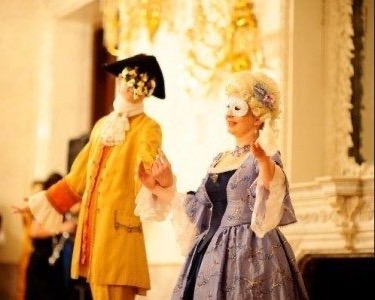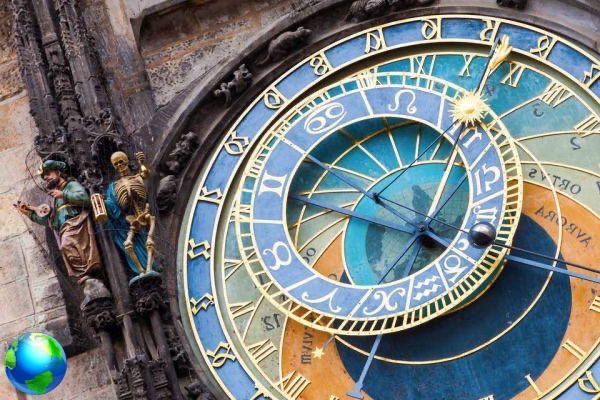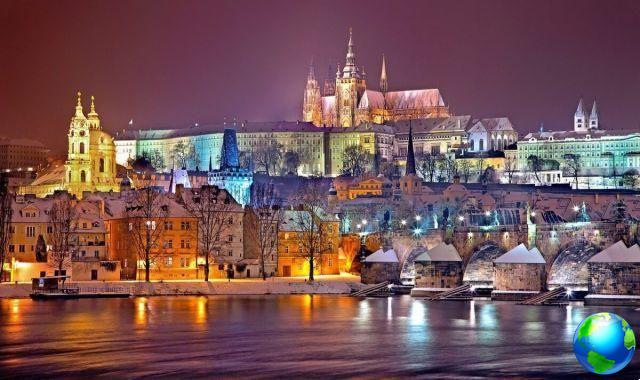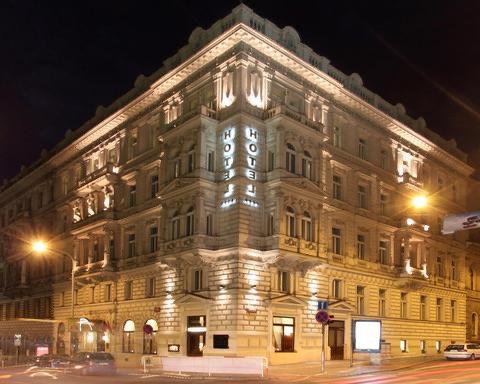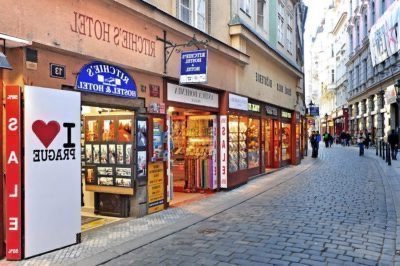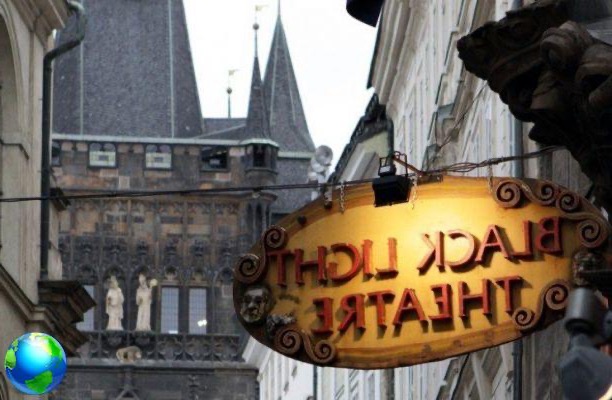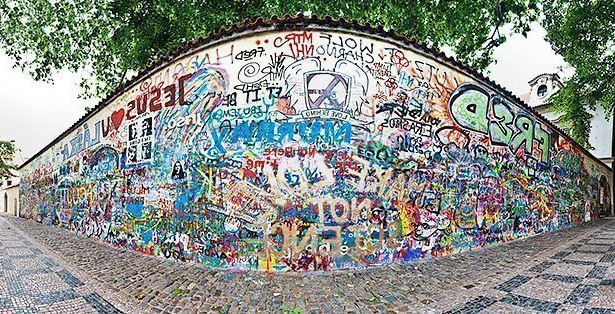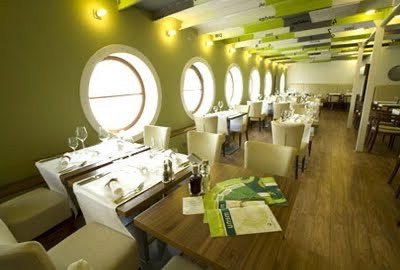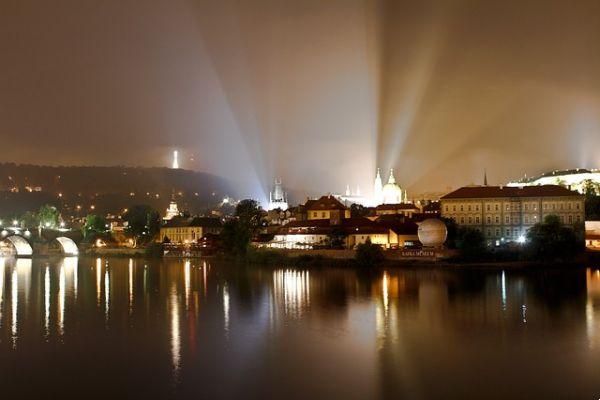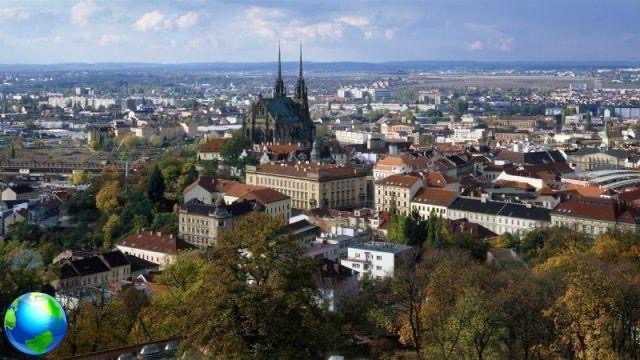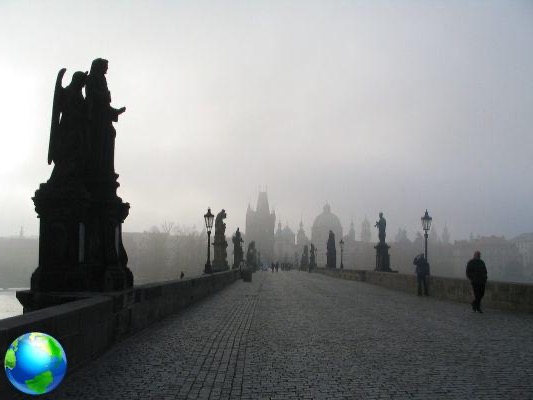
Prague, the Charles Bridge: hackneyed history. How boring! Some would say. You have almost certainly all been to this beautiful city at least once in your life and have walked on its most famous bridge. So why should you continue reading this article? Follow me and you will find out. Eventually you will want to go back to regain all that you have lost. Let it bet? Prague is a very popular destination, it satisfies vacationers of all ages: young people turn to it for its lively nightlife, mature people to discover its treasures.
Carlo bridge, as you well know, it is one of the beating hearts of the city. By day, street performers, musicians, local handicraft and souvenir stalls cover every square inch. It is so populous, with locals and tourists, that you hardly notice how imposing it is architecturally. Yes, the statues that act as a handrail can be seen by everyone, but who among you knows their history? And the legends? Do you know that Prague is part of the Magic triangle of Europe, together with Turin and Lyon? Well, these three cities are linked by the common thread of legends, alchemical caves and esoteric rites of white magic, the good one, which contrasts with the black one of Turin-London-San Francisco triangle.
Let's go back to Prague and the Charles Bridge. You surely know that it owes its name to the king who ordered its construction, Charles IV, which is 500 meters long, is supported by sixteen pillars and that its construction began in 1300 and ended only in 1700. You will also know that the statues have been placed there in a delayed manner over the centuries.
But few know St. John of Nepomuk and its link with the bridge. A statue is dedicated to him which, to be honest, is not very impressive from a cultural point of view, but for the people of Prague it is so important that it is the object of pilgrimages. King Wenceslas IV is said to have ordered St. John, who was then the court priest, to reveal the contents of the queen's confessions to him. The priest refused and the king had his tongue cut off, had him killed and had his remains thrown, closed in a sack, into the Vltava. Legend has it that at the moment of impact, they had on the water shined five stars which today are the symbol of the Saint. His tongue is said to have been found much later, still dripping with blood. The statue of St. John of Nepomuk is located in the exact spot where the saint was thrown into the river. At this point, there is a cross with stars and it seems that touching them at the same time is good. So get in line and enjoy your luck!
The death of San Giovanni left heavy aftermath. When Charles IV ordered the construction of the bridge, in order to prevent it from collapsing, he ordered all the inhabitants of the contiguous villages to send large quantities of eggs whose albumen, mixed with mortar, would have served to keep the pillars and vaults standing better. In this regard, it is said that, due to an excess of prudence, the inhabitants of the village of Velvary had sent hard-boiled eggs, so that they did not break during the journey. It goes without saying that even today they are the object of ridicule due to past naivety. But, despite the mortar and eggs, for a long time, the bridge was as if cursed: everything that was built during the day, collapsed at night. So, the architect responsible for the work, desperate, decided to make a pact with the devil, who could take the soul of the first person who crossed the bridge, in exchange for help with its construction. Believing himself to be clever, the architect, once the construction was completed, decided to mock the devil by releasing a rooster on the bridge. Useless ploy since, the devil, having discovered the plan, he was annoyed and went to the builder's wife telling her that her husband had felt ill and that he had to go immediately to the deck. The woman, unaware of everything, ran to her husband's aid, crossed the bridge and the devil made her his.
And i Vodink? Do we want to talk about it? Goblins that populate the waters of the Vltava, each in a different sector, are benign and malicious at the same time. Dressed in green and with red hats, they have the task of dragging the souls of those who drown there to the bottom of the river to keep them in their large pots. If they get angry, however, they can become very cruel. It seems that a Vodnik, to take revenge on a cart that had numbed the waters of his old home, forcing him to move elsewhere, had set a real trap for the poor unfortunate: he waited for the cart to stop, at the Charles Bridge, so that the horses could drink, he grabbed it and he threw it into the river forever imprisoning his soul in his pot.
Another elf, on the other hand, who happened to be in an area where hardly anyone drowned, bored by trifles, took up reading and even built a huge underwater library.
But at night? What happens on the bridge? How does it look? In the late hours that are neither yesterday nor tomorrow, in that gloomy and dense darkness, when the peddlers have long ago returned to their homes and the tourists sleep blissfully in their respective hotels, you, reckless men yearning for truth, arm yourselves with courage and return, once again there, to the bridge. Well, you will feel like you are somewhere else. It is as if the statues changed position, even, as if they were getting comfortable. It will be the suggestion or it will be the lighting, the fact is that the show is impressive. And if on the neighbor Kampa Island a child will be born, the statues will come alive as if to celebrate him, as if for a promise of protection.




